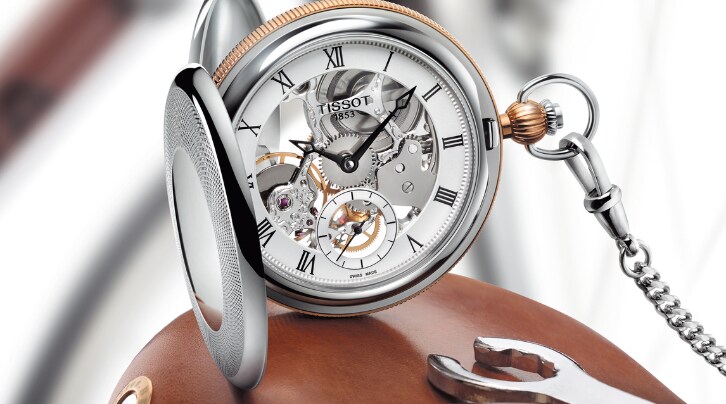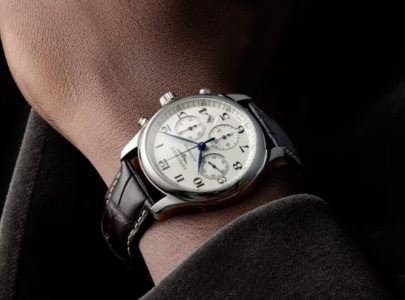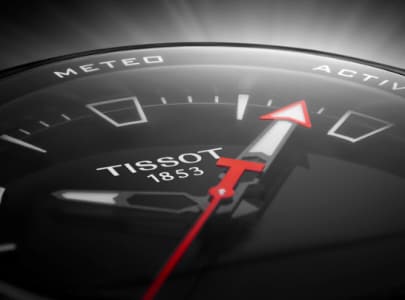It’s a situation most of us can relate to, amateurs and experienced collectors alike. One morning you choose an automatic watch from your collection and you’re about to put it on, but it’s stopped. You haven’t worn it for a while, and with some models it’s a chore to adjust the time, date and month, especially if it also has a moon phase or any other complications. As if you don’t have enough to do! But there is a solution: a watch winder.
Watch winders are small, simple instruments, and most resemble a small glass cabinet. Depending on the model, they can accommodate one or more watches, or they may be divided into different compartments with the capacity for as many watches as you want. If you don’t have the patience to reset your watch every time it stops, a watch winder could be what you need: if your watch runs down and the oil congeals before you wear it again, it’s not good news.The crown gasket and adjustments wear out quicker that way.
The downside with some watch winders is that they can increase the wear and tear on the watch by imposing complete rotations that would never normally occur in real life, and that can damage the motor in the long term. Unless you use one of the more sophisticated watch winders with random movements that imitate the micro-mechanics of your precious timepiece more closely. Even then, you’re making the mechanisms work for the sole pleasure of not having to adjust the watch when you want to wear it. There is no definitive answer. It depends on your individual habits and needs, as well as the number of watches in your collection and how complex they are. If your watch has a daunting system for protecting the crown, if the crown is difficult to screw up or down – with divers’ watches, for example, or if your watch has an annual or perpetual calendar with a time display that’s complicated to adjust, a watch winder is a persuasive option.
If you’re buying a watch winder, be sure to choose one with the right number of compartments for your needs, and ensure that the type of rotation it offers reflects your normal daily usage (as mentioned above). And make sure you read the instructions carefully so you know how to use it properly. Some watches need to be turned for one minute in one direction, then rested for 15 minutes before being turned again in the other direction, to simulate normal wear. These are simple movements and much less energetic than the movements you normally make with your wrist; approximately 650 rotations over 24 hours, causing the oscillating weight in an automatic watch to turn about 1,600 times per day to wind it fully. Every model is different, though, so if you’re buying a winder, you should check whether you need a model that rotates in one direction only, or one that alternates. And then there’s a choice to be made between mains-powered and battery-powered winders, watch winders produced by well-known brands, and specific price points, aesthetic considerations, etc. There’s a watch winder to suit every need.



